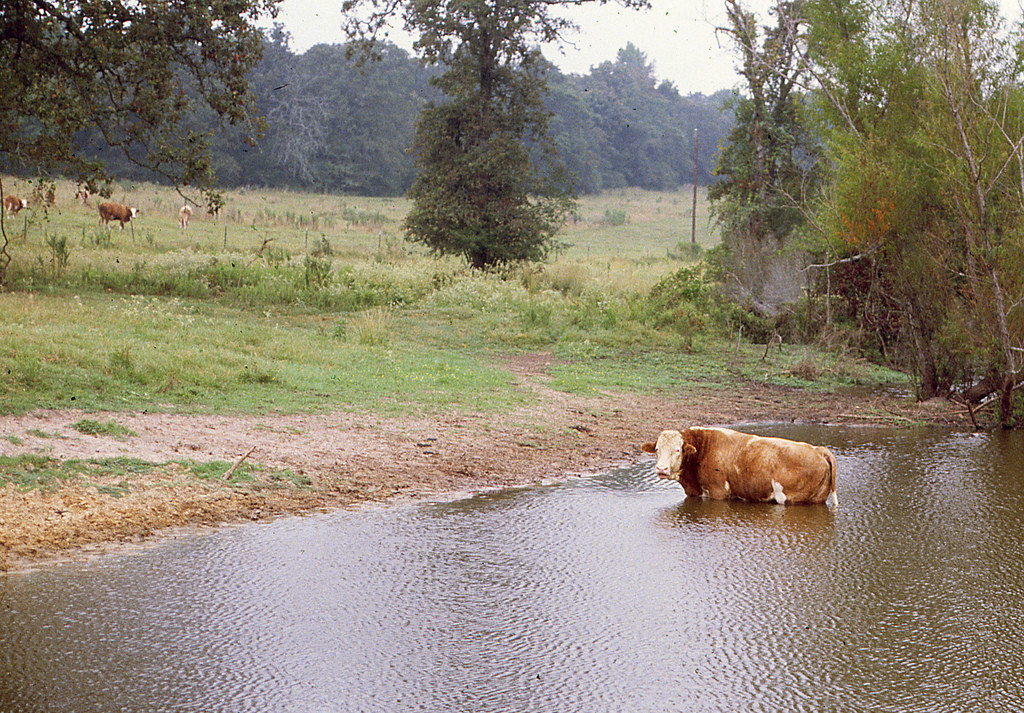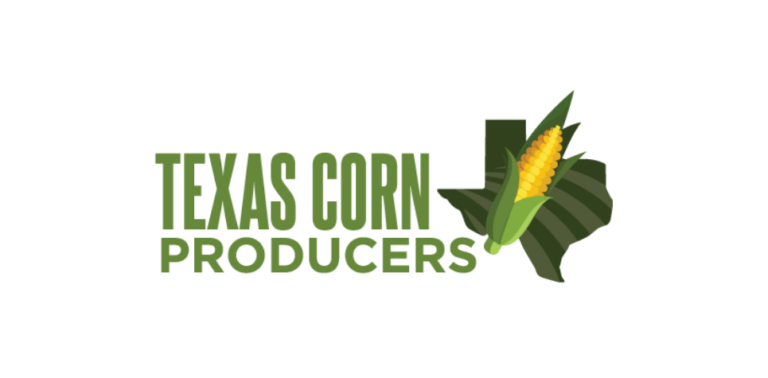The “waters of the United States” controversy has been a hot button issue in the agriculture industry for over a year now. It’s showing no signs of slowing down. But many people fail to understand that there is more to this issue than the definition of “waters of the United States.” For example, even if a stream running across one’s property is deemed a “water of the United States” under the EPA’s new rule, that does not mean the landowner must obtain a permit in order to conduct all farming or ranching activities.
The correct starting point for analyzing this issue is to begin with a basic understanding of the Clean Water Act. This blog post offers a very basic overview of the Clean Water Act and examples of where it may and may not apply to certain farming or ranching practices. Certainly there are many more nuances not discussed in this post, but the goal is to provide a basic framework to understand the application of the Clean Water Act to agriculture.
Purpose
The Clean Water Act, passed in 1972, is intended to restore and maintain the chemical, physical, and biological integrity of the nation’s waters. With regard to agriculture, the two most important sections are Section 402 (dealing with point source discharges) and Section 404 (dealing with dredge and fill).
Section 402
Under Section 402 of the Clean Water Act, a person may not discharge a pollutant from a point source into a navigable water unless a permit has been obtained. Let’s break down each of these terms individually to understand the scope and application of Section 402.
- Discharge: The addition of a pollutant into water.
- Pollutant: A pollutant is broadly defined under the Clean Water Act and includes any type of industrial, municipal, or agricultural waste discharged into water. This can include fertilizer, herbicides, pesticides, and manure.
- Point Source: A point source means “any discernible, confined and discrete conveyance, including but not limited to any pipe, ditch, channel, tunnel, conduit, well, discrete fissure, container, rolling stock, concentrated animal feeding operation, or vessel or other floating craft, from which pollutants are or may be discharged.” The majority of agricultural facilities are considered non-point source facilities.
- Navigable Water: Under the Clean Water Act, this is defined as a “water of the United States.” Waters of the United States, however, are not defined under the Act. It is this element, therefore, that the EPA’s new rule seeks to address. All waters falling under the new definition of “waters of the United States” would meet this prong of Section 402.
Importantly for agriculture, there are two key exceptions to Section 402’s reach. This section does not apply to agricultural stormwater discharges or return flows from irrigated agriculture.
Examples
- Assume a rancher has cattle grazing beside a large stream that falls within the “waters of the United States” definition on his or her property. The cattle have access to the stream to water and the animals’ manure does get into the stream. Applying the Section 402 test to these facts, animal feces would constitute a pollutant, it being dropped into the stream would constitute a discharge, and we are told to assume the stream is a “water of the United States.” Three of the four prongs of Section 402 are present, but is this pollution from a “point source?” No. Because there is not a discernible, confined and discrete conveyance of water into the stream, the manure constitutes non-point source pollution for which the Clean Water Act does not apply, meaning no federal permit is necessary to graze cattle on the land.
- Assume a packing plant has a tank that holds waste water from the cattle processing facilities. The waste water eventually drains into a large stream falling within the “waters of the United States” definition. Applying the Section 402 factors to this hypothetical, we have a discharge of a pollutant–waste water–into a navigable water. The next question is whether this constitutes a point source or non-point source. Here, because we have a discrete conveyance of water directly from the processing facility into the tank, into the covered water way, the Clean Water Act would apply and the owner would need to obtain a federal permit in order to discharge into the water of the United States.
Section 404
Section 404 of the Clean Water Act prohibits the discharge of dredged or filled material into “waters of the United States” unless permitted by the US Army Corps of Engineers.
- Discharge: The same definition as Section 404 applies, meaning the addition of dredged or filled material into a water.
- Dredged or filled material: Dredged material is defined as a mixture of sand, silt, and clay, also including gravel, rock, organic matter, and contaminants. Fill material is defined as concrete, dirt, rock, pilings or side cast material.
- Waters of the United States: Just like Section 402, this is where the new EPA rule comes into play.
This section of the Clean Water Act contains a number of exceptions specific to agriculture. Activities resulting in the discharge of dredge and fill materials that are “from normal farming, silviculture, and ranching activities such as plowing, seeding, cultivating, minor drainage, harvesting for the production of food, fiber, and forest products, or upland soil and water conservation practices, construction and maintaining of farm or stock ponds or irrigation ditches, the construction or maintenance of farm roads are not prohibited under this Section.
Examples
- Assume a farmer is plowing his corn field near a stream that qualifies as a “water of the United States.” During the plowing, some soil is spilled over from the field into the stream bed. Here, although we would have a discharge of dredged material into a water of the United States, the “normal farming” exception would likely apply because the farmer was plowing when the discharge occurred. Thus, there would be no permit required under the Clean Water Act.
- Assume a farmer is planning to build a dam in order to curtail water from a stream qualifying as a “water of the United States.” He brings his backhoe and begins digging in the stream bed, causing dirt and sediment to be discharged into the stream. Here again we have a discharge of dredged material into a water of the United States. Because no exception clearly applies, the farmer likely would need to obtain a federal permit pursuant to the Clean Water Act.












